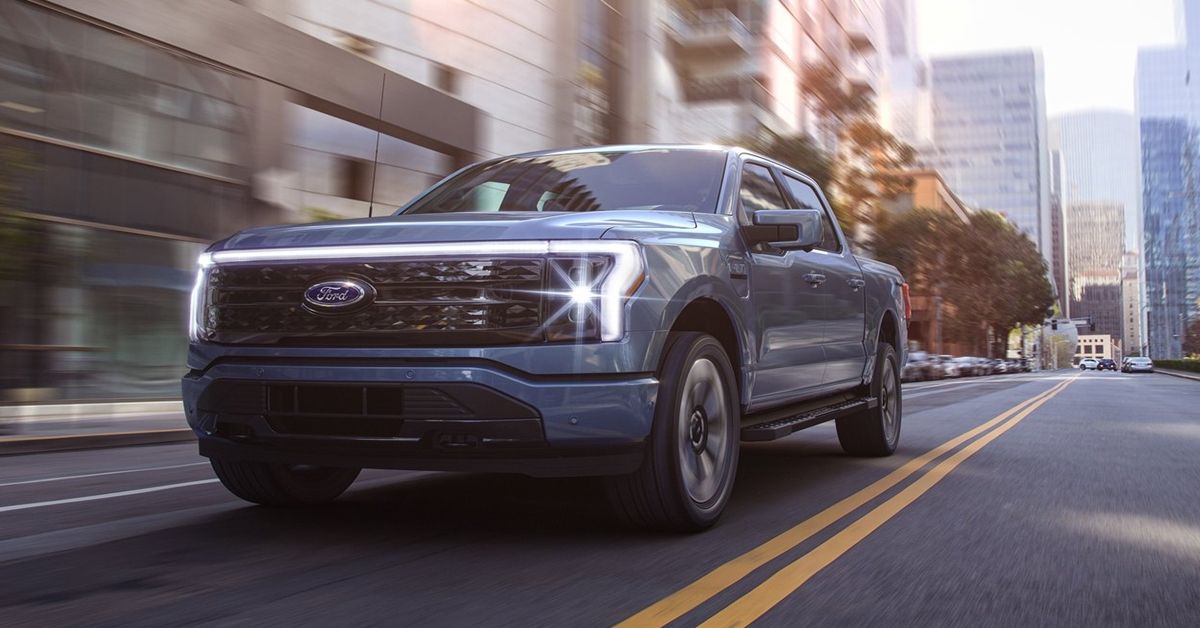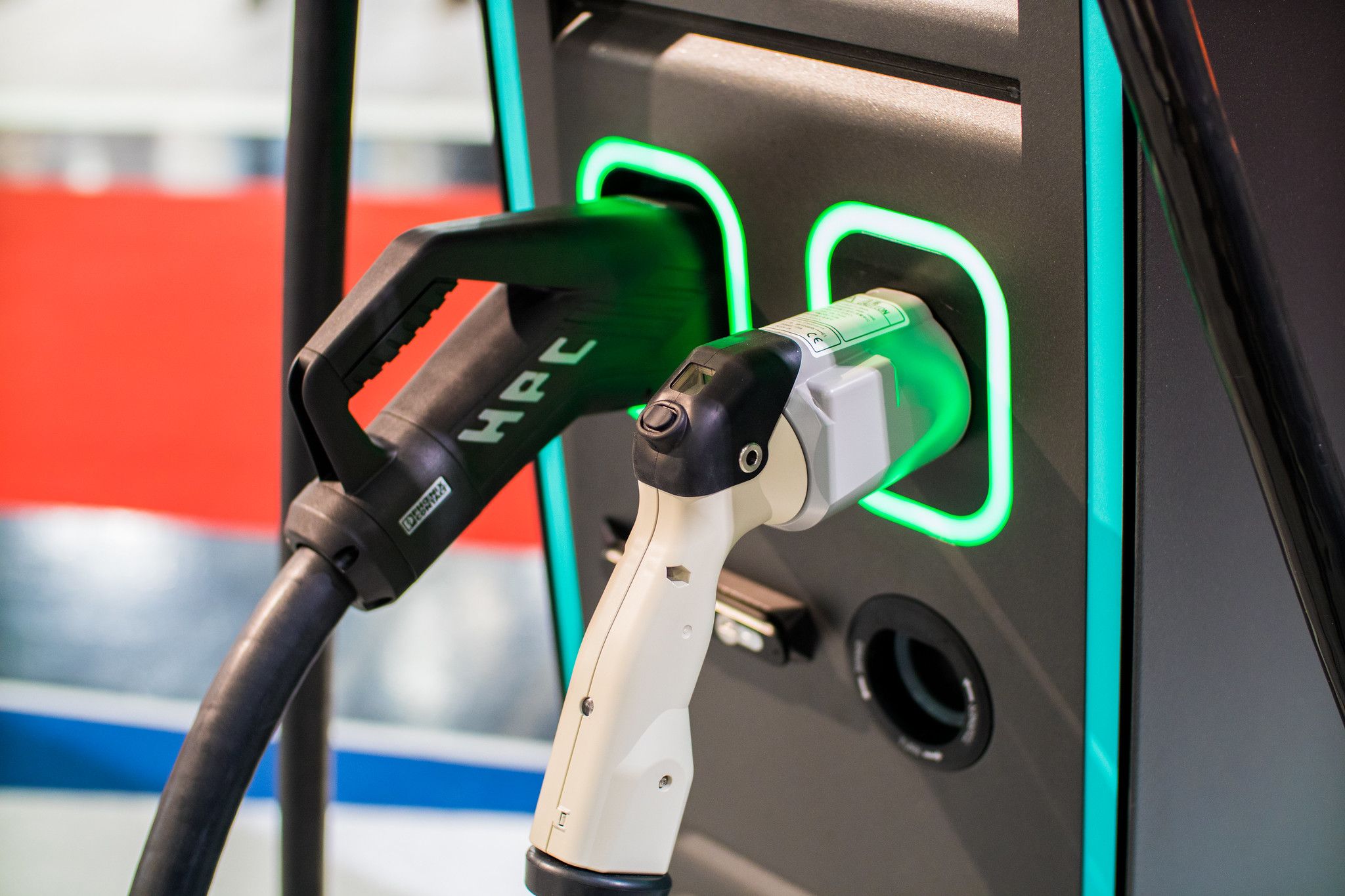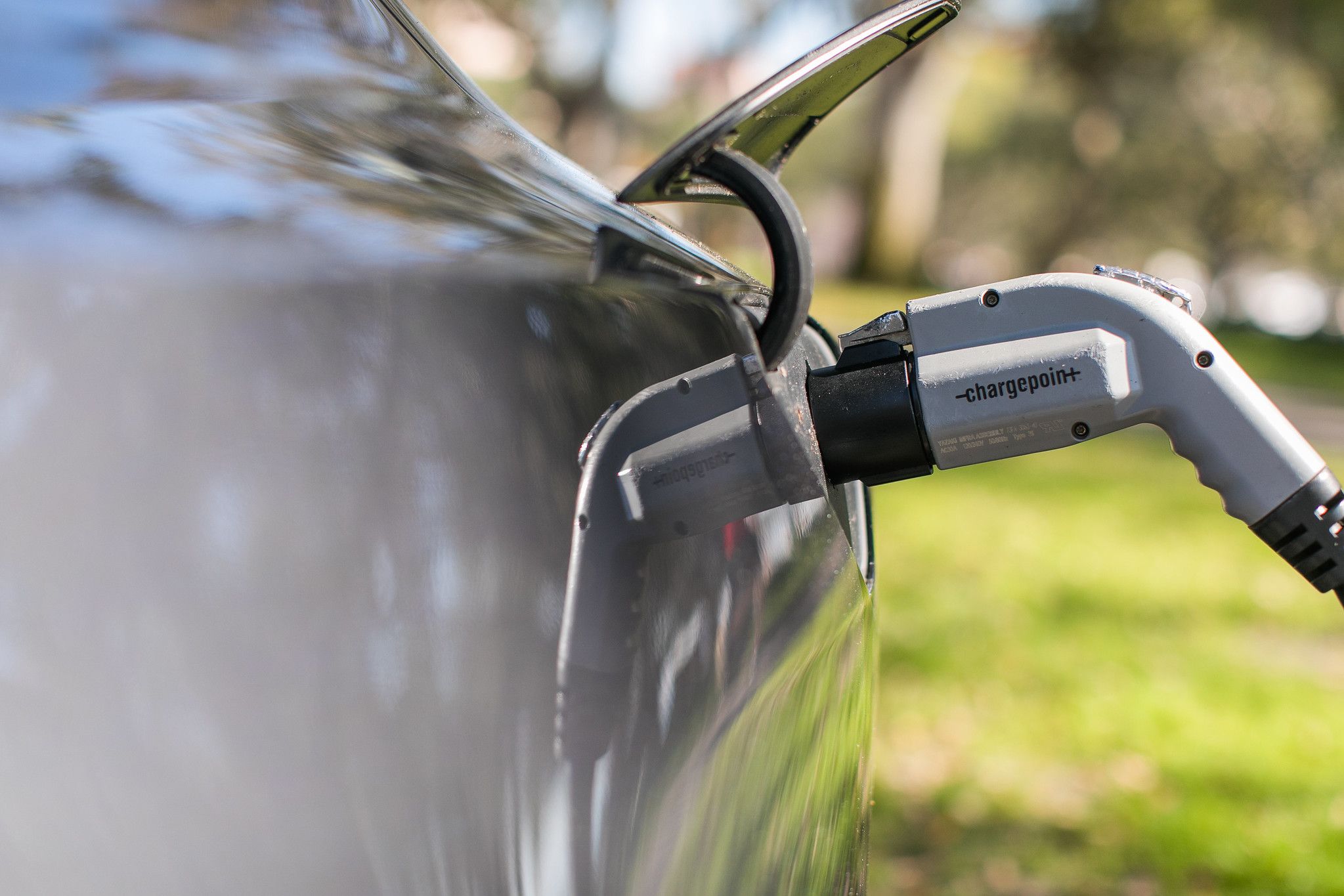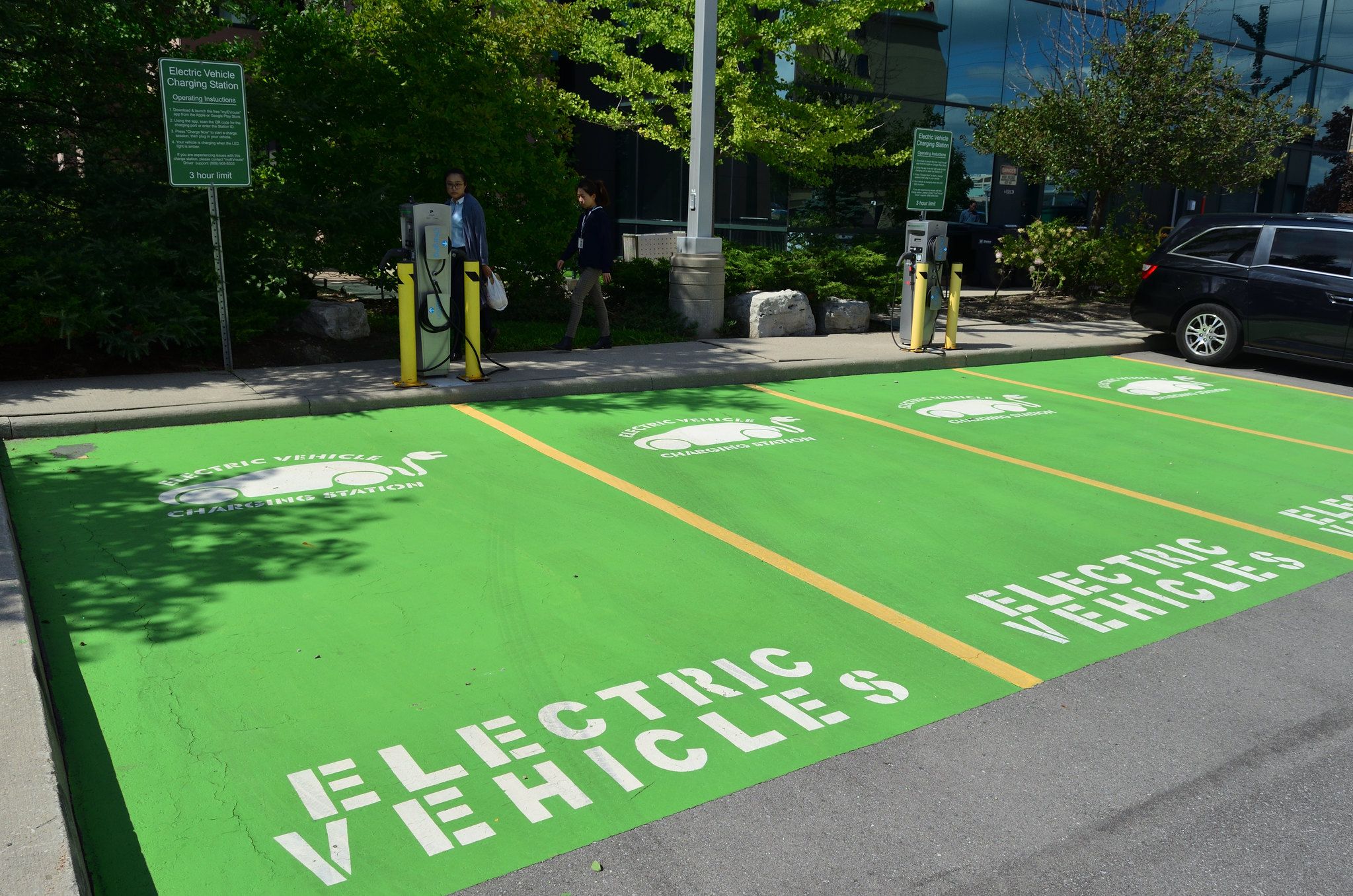Rural communities and regions have meager EV adoption rates when compared to metropolitan areas, with the great majority of the non-urbanized regions having new electric vehicle registration rates of zero to half a percent. This amounts to less than five and, in many cases, zero registered EVs per 10,000 people in most non-metro counties, compared to 10 to more than 100 registered EVs per 10,000 persons in metro counties. This discrepancy is also evident at the state level, with states with more rural populations having much lower EV registration rates.
While manufacturers are now offering more EV body types than ever before, model availability continues to be a key obstacle to rural EV adoption due to a lack of truck options. Trucks are wildly popular in rural places such as North Dakota, Wyoming, and Mississippi. While various sedan and crossover EV models available, the automotive industry has yet to witness the introduction of an all-electric pickup truck. With the launch of Ford's all-electric F-150 Lightning in the spring of 2022, this will soon be a thing of the past.
A new study from the online Driver’s education resource Zutobi looked at the ratio of charging outlets to the number of electric vehicles in each state and the total number of cars. North Dakota, Wyoming, and West Virginia are the states with the most charging stations per EVs.
North Dakota: Charging Stations Per 100 EVs: 63.2
North Dakota's thinly spread cities pose an immediate challenge to EV drivers whose travel is limited by the distance between critical recharge stations. According to the state's Department of Transportation, North Dakota has the fewest registered fully electric vehicles of any state - only 266. However, an increase in the number of EV charging stations in North Dakota over the last period may have signaled a watershed moment in the state's EV accessibility. This rural state currently has around 139 charging ports, which translates to 63.2 per 100 EVs. North Dakota has implemented a variety of EV incentive programs, and the infrastructure condition is expected to improve much more.
Wyoming: Charging Stations Per 100 EVs: 55.8
The rivalry for charging stations should be taken into account before making the conversion to an electric vehicle. There is no use in being environmentally conscious and attempting to reduce your emissions if you cannot power your vehicle. Wyoming is another state with a low rate of adoption of EVs but a high density of chargers - 55.8 chargers per 100 EVs. Wyoming is one of several states in the United States that have obtained government financing to build a network of chargers that would connect highways from the Atlantic to the Pacific coasts.
Mississippi – Charging Stations Per 100 EVs: 55.5
The number of registered EVs in Mississippi is quite low, as it is in both North Dakota and Wyoming, but a solid charging infrastructure is beginning to emerge to encourage more people to make the switch. Mississippi is a close second to Wyoming in terms of the number of charging points per 100 electric vehicles, with 55.5 charging outlets per 100 EVs. Currently, Mississippi has 580 registered electric vehicles, with the market poised to grow as new vehicle makes and models become available in the Magnolia State.




